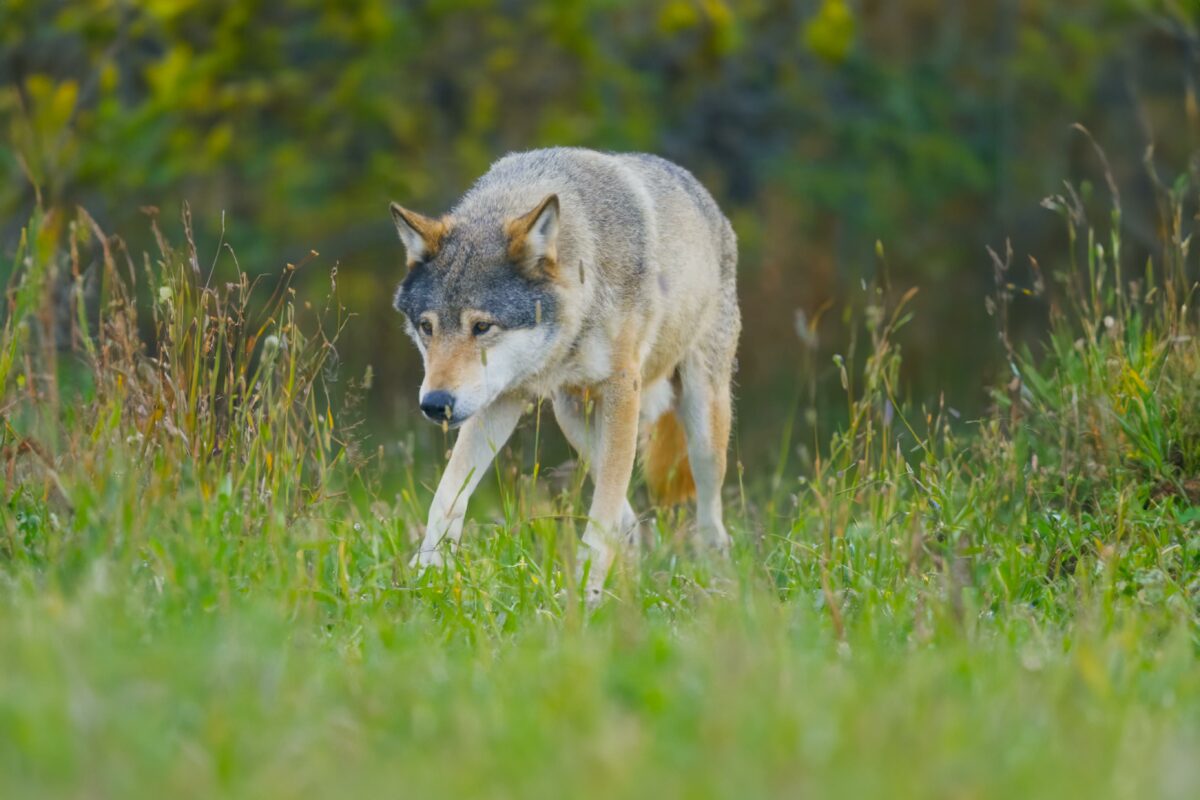Lemmings: The favourite Arctic meal
The Arctic tundra is home to a small animal whose ecological footprint is much larger than its size would suggest – the lemming. In many summers, these slightly larger-than-a-mouse mammals are the most sought-after meal in the Arctic. In fact, lemmings are part of a complex food web that has an impact across North America and beyond.

Lemmings are famous for having dramatic boom-and-bust population cycles.
Every three to four years, lemmings hit a population cycle peak, when the population density can increase from a low of one lemming per hectare to a high of as many as 100 lemmings per hectare. The range of population peak depends on whether the lemming populations are located in the Canadian Arctic Archipelago (Nunavut) or in more productive areas in Alaska, Yukon, and the Northwest Territories.

The mechanisms driving these cycles are complex, including the amount of summer predation on lemmings and their winter food availability, including willows and mosses. According to Canadian scientists, the most likely hypothesis is that dramatic population declines are caused by intense predation, whereas phases of population growth are dependent on successful winter reproduction. For example, research has shown that lemmings in Canada’s High Arctic reach population peaks only when they achieve high rates of winter reproduction.
During peak lemming population years at a given location, a notable phenomenon occurs: the majority of tundra birds and mammals, carnivores and herbivores alike, reproduce successfully.
One reason for this is that, during peak population years, lemmings are an abundant food source for snowy owls, rough-legged hawks, long-tailed jaegers, gulls, Arctic and red foxes as well as ermines. While the lemmings are being hunted en masse there’s less predation pressure on geese, passerines and shorebirds.

Consequently, the well-fed predators and less hunted prey species successfully reproduce, with North America-wide implications. For example, the resulting increase in snow goose populations has a positive impact on the hunting season in Quebec and the United States.
Thus, despite their small size, lemmings have a huge ecological footprint.








